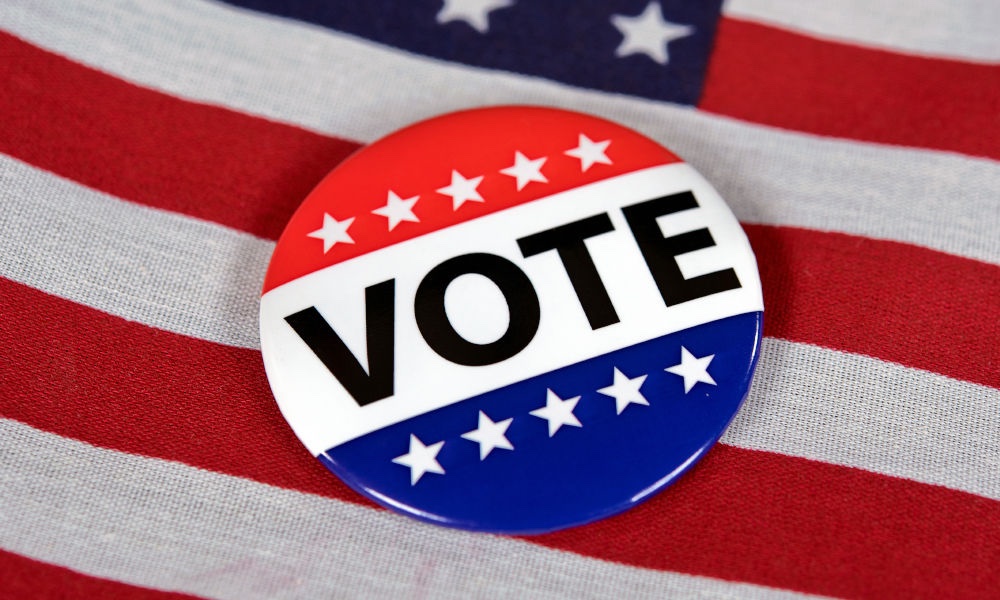The racial climate in the U.S. has become more and more charged in the aftermath of the deaths of Michael Brown and Eric Garner. People have taken to the streets in New York, Washington D.C. and Ferguson, Missouri and other cities in the tens of thousands to show their dissatisfaction with occurrences like those in Ferguson, which are widely being seen as examples of racial bias in the police force and justice system.
Since racial biases can be unconscious, they can be hard to address. In fact, many people who say they are against discrimination, still exhibit bias. But a new study suggests that one way to help people overcome their intrinsic biases is to have people literally walk a mile in the shoes of people of another race through the magic of virtual technology. This alone may be enough to change their underlying beliefs and biases.
The biases of white people who’d become ‘black’ for the experiment were greatly reduced after they inhabited a black body, courtesy of virtual reality.
People in the study wore virtual reality devices that made them see themselves as someone of a different race; for example, as black if they were white. Some of the adults also saw themselves as children for the experiment.
The biases of white people who’d become “black” for the experiment were greatly reduced after they inhabited a black body. And people who became children identified more with childlike qualities than before.
The researchers say that these changes occur because people first identify with the body of the other group (the "outgroup"), and this then transfers to the conceptual domain. In other words, through a connection with the body first, people then come to feel mentally connected with those of the other group.
“Our findings are important as they motivate a new research area into how self-identity is constructed and how the boundaries between ‘ingroups’ and ‘outgroups’ might be altered,” study author Manos Tsakiris said in a news release.
“More importantly though, from a societal point of view, our methods and findings might help us understand how to approach phenomena such as racism, religious hatred, and gender inequality discrimination, since the methods offer the opportunity for people to experience the world from the perspective of someone different from themselves.”
The study was carried out by researchers at University College London and the University of Barcelona, and published in the journal Cell.




